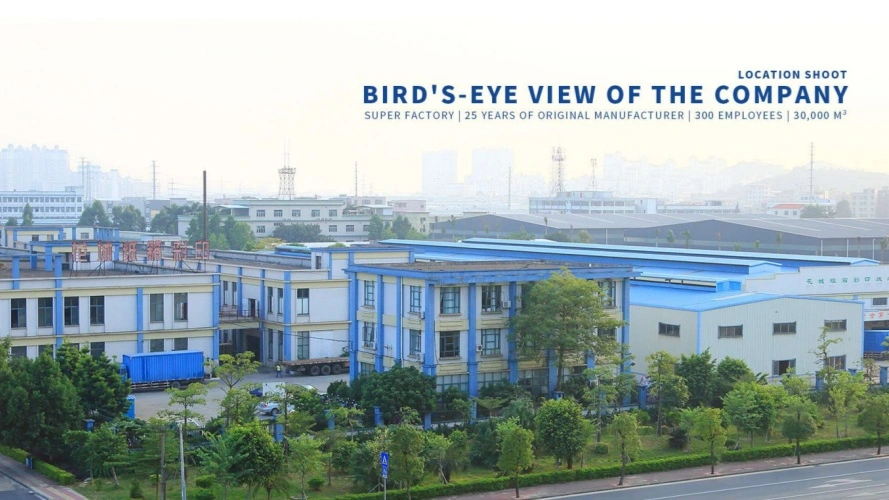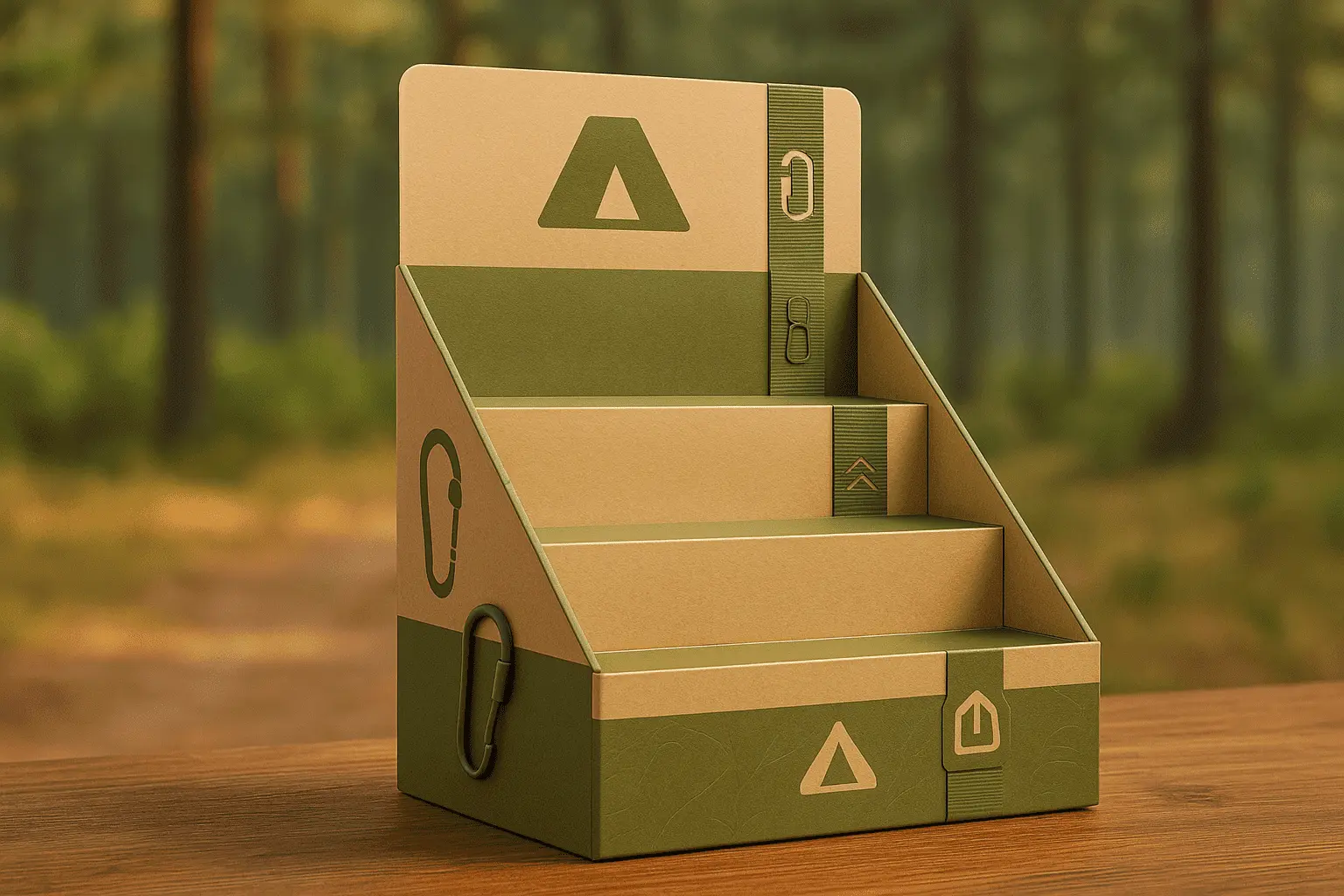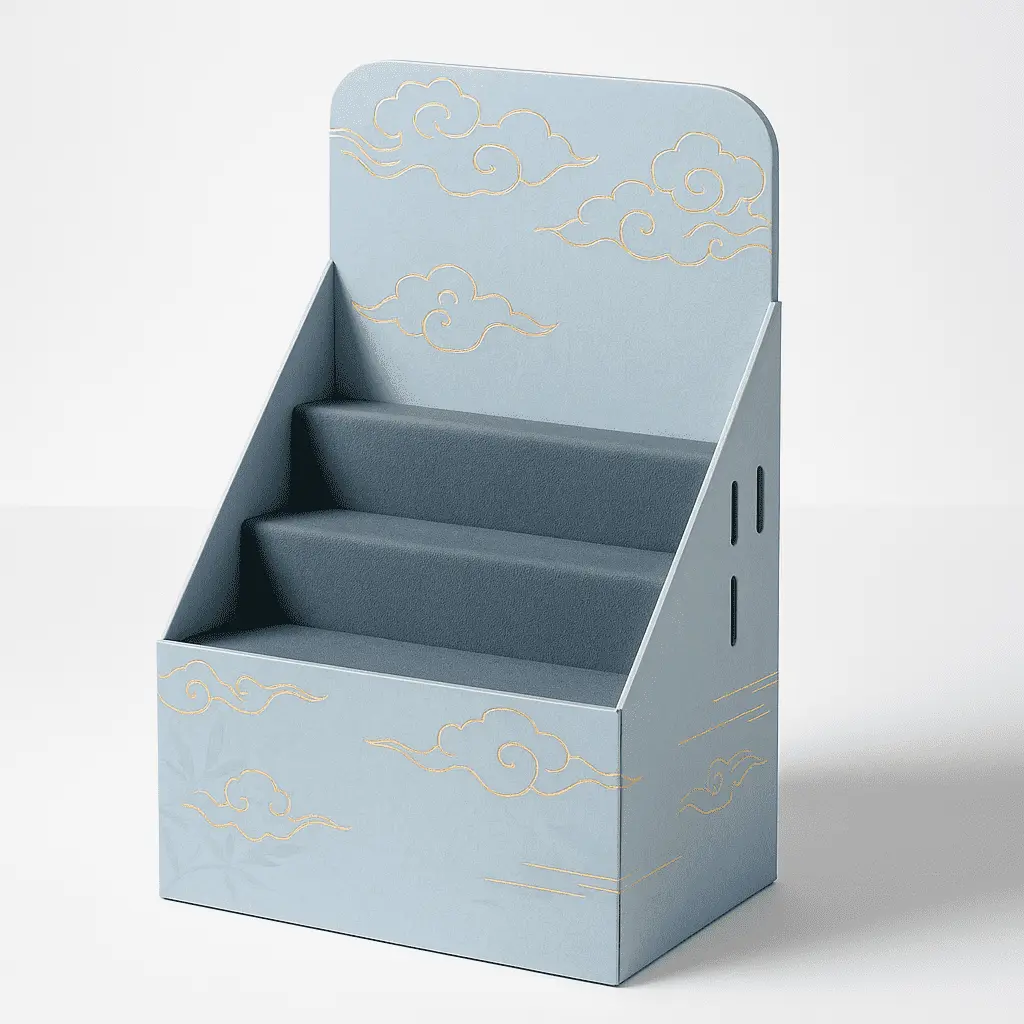Lead Time Considerations When Ordering Custom POS Displays
When ordering custom point-of-sale (POS) displays, understanding lead time considerations is crucial for successful project planning and execution. Lead time, the period between placing an order and receiving the finished product, can vary significantly for custom POS displays due to factors such as design complexity, materials, quantity, and manufacturing processes. Typically, lead times for custom POS displays range from 4 to 12 weeks, depending on these variables. To ensure timely delivery and smooth project implementation, it's essential to communicate clearly with your manufacturer, plan ahead, and account for potential challenges in the production process. By carefully considering lead time factors, businesses can optimize their marketing strategies and maximize the impact of their custom POS displays.

Factors Influencing Lead Time for Custom POS Displays
Design Complexity and Prototyping
The intricacy of your custom POS display design plays a significant role in determining lead time. Highly detailed or innovative designs may require multiple rounds of prototyping and refinement, extending the overall timeline. Simple designs with standard components can often be produced more quickly. During the design phase, consider the balance between creativity and practicality to optimize lead time without compromising on visual impact.
Material Selection and Availability
The choice of materials for your custom POS display can significantly affect lead time. Some materials may have longer procurement times or limited availability, particularly if they are specialty or eco-friendly options. Discuss material options with your manufacturer early in the process to identify any potential supply chain issues. Consider alternative materials that offer similar aesthetics and functionality but may be more readily available to reduce lead times.
Order Quantity and Production Capacity
The volume of custom POS displays you order can impact lead time in various ways. Larger orders may require more production time but can benefit from economies of scale. Conversely, smaller orders might be completed more quickly but may not receive priority in the production schedule. Work closely with your manufacturer to understand their production capacity and how it aligns with your order size to establish realistic lead time expectations.
Strategies for Managing Lead Time in Custom POS Display Projects
Early Planning and Communication
Initiating the custom POS display project well in advance of your target deployment date is crucial for managing lead time effectively. Begin discussions with your manufacturer as early as possible to outline your requirements, timeline, and any potential constraints. This proactive approach allows for thorough planning and helps identify any potential challenges early in the process. Establish clear lines of communication and regular check-ins to ensure all parties are aligned throughout the project lifecycle.
Streamlining the Approval Process
The approval process for custom POS displays can significantly impact lead time. Streamline this process by designating key decision-makers and establishing clear criteria for design and prototype approval. Consider implementing a digital approval system to expedite feedback and revisions. By reducing delays in the approval stage, you can help keep the project on track and minimize unnecessary extensions to the lead time.
Leveraging Technology and Automation
Advancements in technology and automation can help reduce lead times for custom POS displays. Digital design tools and 3D modeling can accelerate the design phase and minimize errors. Automated manufacturing processes can increase production efficiency and consistency. Discuss with your manufacturer how they incorporate technology into their workflow and explore opportunities to leverage these tools to optimize lead time without compromising quality.
Balancing Quality, Cost, and Lead Time in Custom POS Display Production
Quality Control Measures
Maintaining high quality standards is essential for custom POS displays, but it can impact lead time. Implement robust quality control measures throughout the production process to catch and address issues early, preventing costly delays later. Work with your manufacturer to establish clear quality benchmarks and inspection protocols. Consider phased quality checks that align with key production milestones to ensure a balance between thorough quality assurance and efficient lead times.
Cost Considerations and Lead Time Trade-offs
There's often a delicate balance between cost, quality, and lead time in custom POS display production. Expedited production or premium materials may reduce lead time but increase costs. Conversely, opting for more cost-effective solutions might extend lead times. Carefully evaluate these trade-offs based on your project priorities and budget constraints. Discuss options with your manufacturer to find the optimal balance that meets your needs without compromising the effectiveness of your POS display.
Flexibility and Contingency Planning
Building flexibility into your custom POS display project can help manage lead time more effectively. Develop contingency plans for potential delays or unforeseen challenges. Consider modular design approaches that allow for partial deployments or phased rollouts if lead times become constrained. Maintain open communication with your manufacturer about any changes in project scope or timeline, and be prepared to adjust strategies as needed to meet your marketing objectives.
Conclusion
Successfully managing lead time considerations when ordering custom POS displays requires a comprehensive approach that balances design, production, and logistical factors. By understanding the key influences on lead time and implementing strategies to optimize the process, businesses can ensure timely delivery of high-quality custom POS displays that enhance their marketing efforts. Proactive planning, clear communication, and leveraging technology are essential for navigating the complexities of custom display production and achieving the desired impact in the retail environment.
Contact Us
Ready to elevate your brand with stunning custom POS displays? Let our team of expert designers and production specialists help you create impactful displays that capture attention and drive sales. We're committed to delivering high-quality products on time and within budget. Contact us today to discuss your custom POS display needs and learn how we can bring your vision to life. Email us at support@fetchingprinting.com to get started on your next project!
References
1. Smith, J. (2022). The Impact of Lead Time on Retail Marketing Strategies. Journal of Retail Management, 45(3), 112-128.
2. Brown, A., & Johnson, L. (2021). Optimizing Production Processes for Custom POS Displays. International Journal of Manufacturing Technology, 18(2), 75-92.
3. Chen, Y. (2023). Sustainable Materials in Custom POS Display Manufacturing: Balancing Eco-Friendliness and Lead Time. Green Manufacturing Quarterly, 9(1), 22-36.
4. Davis, R., & Thompson, E. (2022). The Role of Technology in Reducing Lead Times for Custom Retail Displays. Retail Technology Review, 14(4), 210-225.
5. Wilson, M. (2021). Quality Control Strategies for Custom POS Displays: Ensuring Excellence Without Compromising Timelines. Quality in Manufacturing, 7(2), 55-70.
6. Lee, S., & Parker, K. (2023). Balancing Creativity and Practicality in Custom POS Display Design: A Lead Time Perspective. Journal of Retail Design, 11(3), 140-156.




